ブログ
-

無限の製品を生み出すのに役立つ完璧な射出成形機
可能性 このパートでは、当社の優れた射出成形機と、それがお客様の製品製造にもたらす無限の可能性を誇りを持って紹介します。先進の技術と品質保証:当社の機械は高精度の加工を特徴としています。続きを読む -

よく使われる20の射出成形材料:プラスチックの世界の多様性を理解する
材料紹介/適用分野 特徴 ABS ABS は、ポリブタジエンゴムの靭性と耐衝撃性、ポリスチレンの剛性と加工性を兼ね備えた汎用性の高い射出成形材料です。auなどでよく使われています。続きを読む -
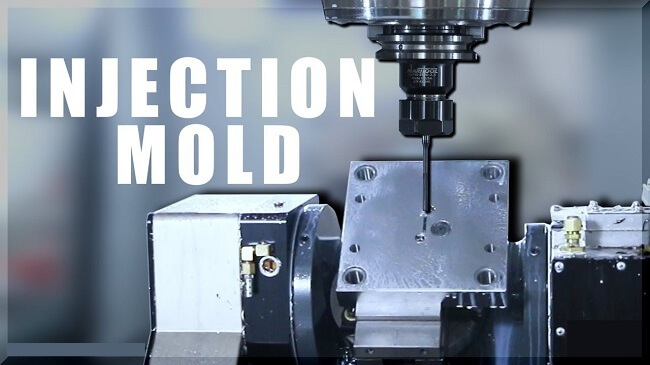
射出成形プロセス – 射出成形プロセスの完全なフローを説明する 6 つのステップ
射出成形とは何ですか?射出成形は、溶かしたプラスチックを金型に注入し、冷却して固化させて最終製品を形成する製造プロセスです。小型プラスチック製品からプラスチック製品まで、さまざまなプラスチック製品の製造に広く使用されています。続きを読む -
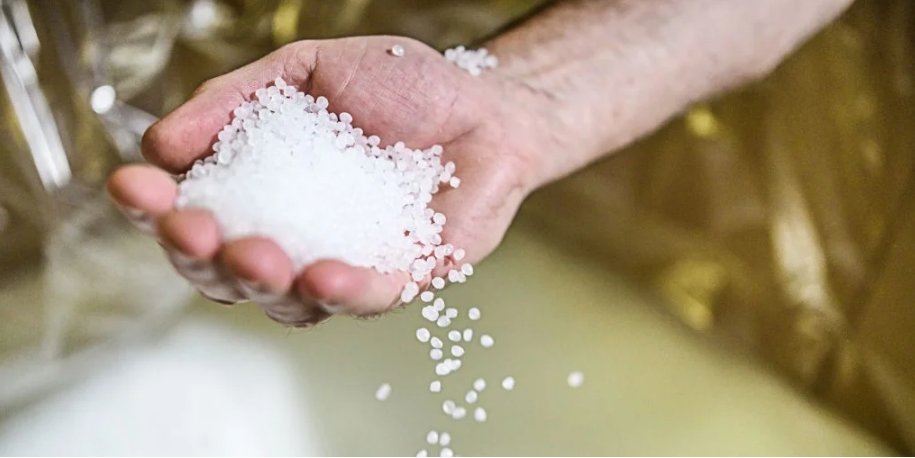
射出成形の色をコントロールする方法
射出成形は、幅広いプラスチック製品を製造する一般的な製造プロセスです。プラスチック材料の色は、最終製品の品質と美的魅力を決定する重要な要素です。この記事では、注射方法について説明します。続きを読む -

ゲートと射出成形のスプルーの配置と材料フローの詳細
ゲートと射出成形スプルーの配置は、射出成形プロセスの重要な部分です。これらのコンポーネントの配置は、プロセスの効率だけでなく、最終製品の品質にも影響を与える可能性があります。この記事では、プレースマンについて詳しく説明します。続きを読む -
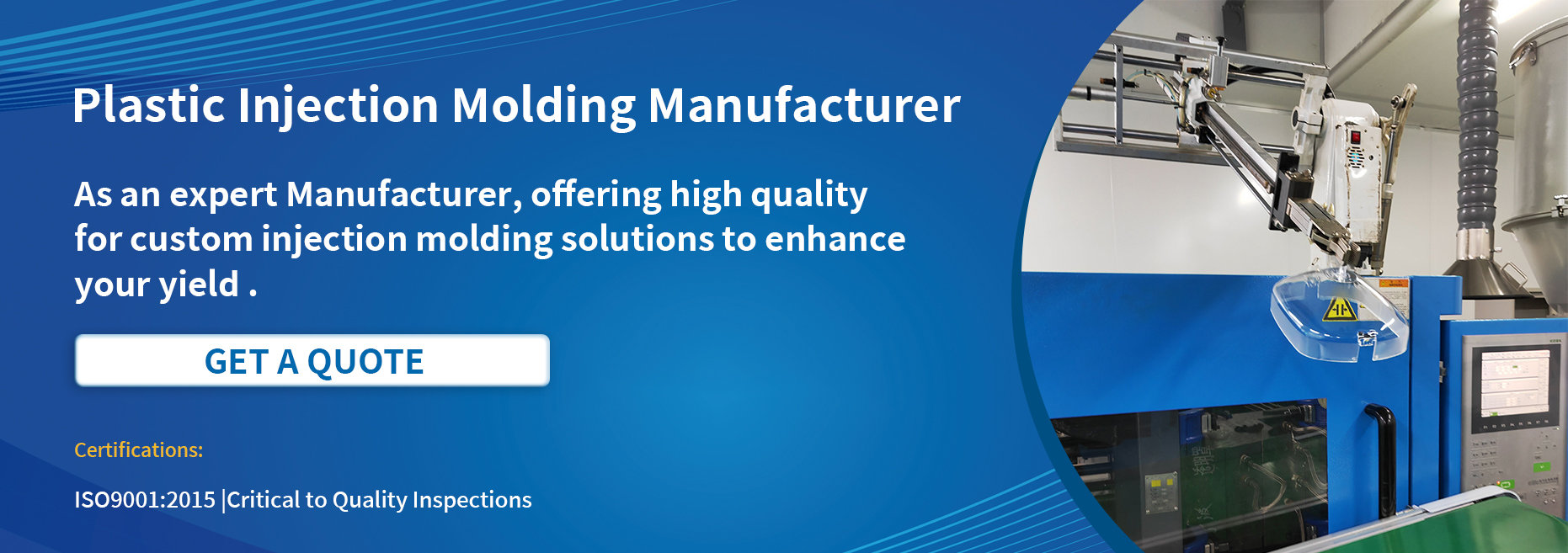
プロジェクトの成功には、適切な射出成形専門家を選択することが重要です
プロジェクトの成功には、適切な射出成形専門家を選択することが重要です。以下は、射出成形のスペシャリストを選択する際に考慮すべき重要な要素の一部です: 1.経験: 射出成形を探します...続きを読む -
カスタムプラスチック射出成形金型の材料の選択
カスタムプラスチック成形にはさまざまな材料オプションがあるため、製品エンジニアにとっては、部品の主な機能と作業環境に焦点を当てることが最も役立ちます。これにより、カスタム射出成形に適した材料を絞り込むことができます。続きを読む -
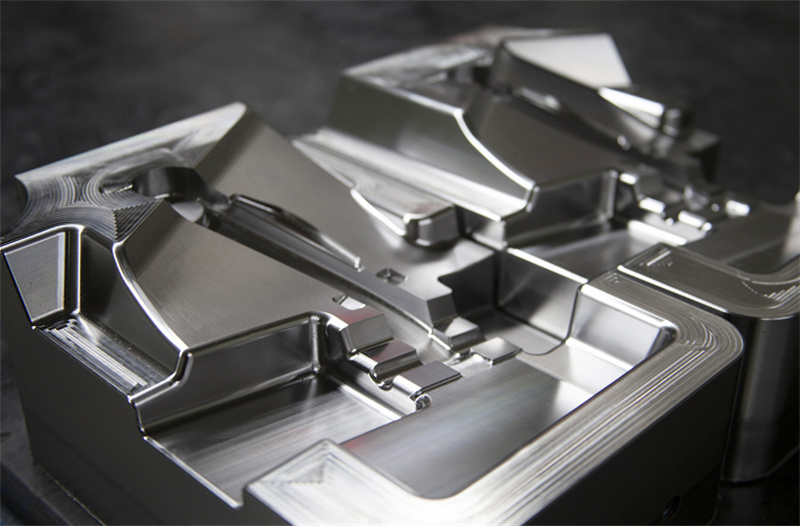
プラスチック射出成形金型は摩耗しますか、または生産寿命に限界がありますか?
プラスチック射出成形金型は、数千サイクルにわたる部品間の摩擦や繰り返しの接触により摩耗する可能性があります。摩耗は主に、ゲート、スライド、エジェクター、および金型内のその他の可動要素に影響を与えます。コンポーネントがスライドしたり接触したりすると...続きを読む -

射出成形表面仕上げ設計ガイド – DFM
SPI および VDI 分類システムによる射出成形表面仕上げ - 光沢、半光沢、マット、テクスチャード表面仕上げ。この記事の内容 射出成形品の表面仕上げとは何ですか?射出成形で表面仕上げを使用する理由は何ですか?注射 ...続きを読む -
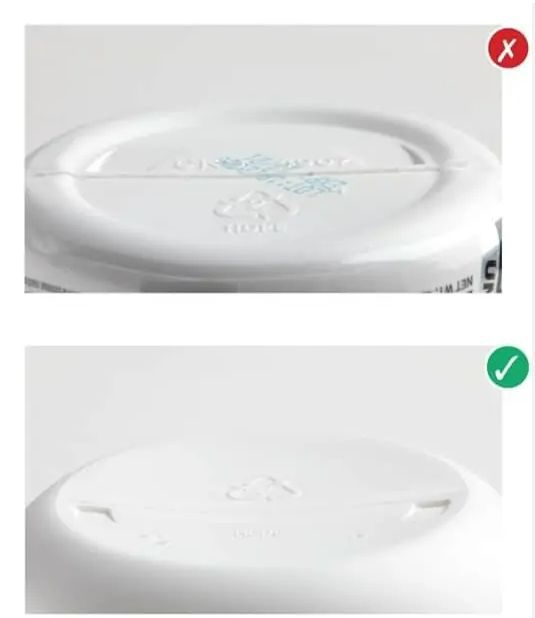
射出成形プロセスを削減する 7 つの方法
射出成形のコストを削減するには、次の 7 つの方法があります。 設計の最適化: 適切に最適化された設計は、使用する材料の量を削減し、成形プロセスの複雑さを軽減して、製造コストを削減するのに役立ちます。適切な素材を選択してください...続きを読む -

超音波溶着
超音波溶接は、高周波の機械振動を使用して 2 つ以上の材料を接合する接合プロセスです。このプロセスは、製造においてプラスチックとプラスチック、その他の材料を接合するために一般的に使用されます。超音波溶接にはさまざまな特徴があります。続きを読む -

プラスチック射出成形金型と収縮率の関係は何ですか?
プラスチック射出成形金型と収縮率の関係は複雑で、次のようないくつかの要因によって影響されます。 1. 材料の種類: プラスチックが異なれば収縮率も異なり、その範囲は 0.5% ~ 2% であり、寸法精度と寸法精度に大きな影響を与えます。品質の...続きを読む
